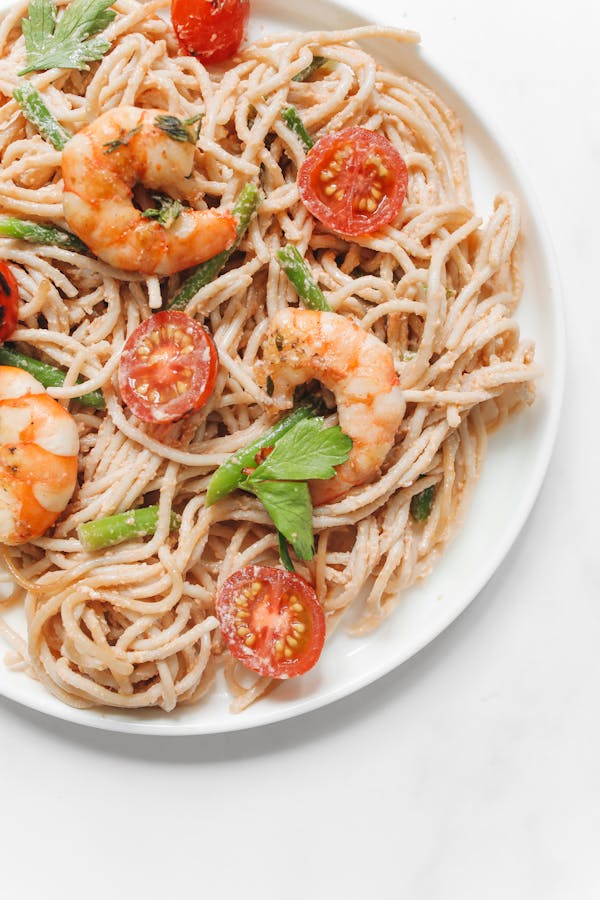Air Fryer Food Safety Guidelines
Food safety is paramount when cooking with any appliance. Learn the essential guidelines for safe air fryer cooking, proper temperatures, and food handling practices.
Remember: Air fryers cook faster, but food safety rules remain the same!

Safe Internal Temperatures
Meat & Poultry
All parts, including thighs and wings
Beef, pork, lamb, turkey burgers
Steaks, chops, roasts (with 3-min rest)
Seafood & Others
Until flesh is opaque and flakes easily
Casseroles, quiches, egg-based dishes
All reheated leftovers and casseroles
Important Notes:
- • Always use a food thermometer - don't rely on color or cooking time alone
- • Insert thermometer into the thickest part of the food
- • For whole poultry, check both thigh and breast
- • Let meat rest for 3 minutes after reaching safe temperature
Safe Food Handling
Before Cooking
Wash Your Hands
Wash for 20 seconds with soap before and after handling raw food
Clean Surfaces
Sanitize counters, cutting boards, and utensils
Separate Raw & Cooked
Use separate cutting boards and utensils for raw meat
Check Expiration Dates
Never cook food past its use-by date
During & After Cooking
Don't Cross-Contaminate
Don't put cooked food on plates that held raw meat
Check Multiple Spots
Test temperature in several places, especially thick items
Serve Immediately
Don't leave cooked food at room temperature for over 2 hours
Store Properly
Refrigerate leftovers within 2 hours (1 hour if over 32°C/90°F)
Air Fryer Specific Safety Tips
✅ Do This
- • Preheat for 2-3 minutes when cooking raw meat
- • Flip or shake food halfway through cooking
- • Use tongs to avoid burns from hot surfaces
- • Check doneness in multiple spots
- • Clean air fryer after each use
- • Let food rest before checking temperature
❌ Don't Do This
- • Don't overcrowd the basket
- • Don't cook frozen meat without thawing first
- • Don't rely on cooking time alone
- • Don't touch hot surfaces without protection
- • Don't cook different raw meats together
- • Don't skip the thermometer check
Extra Care for High-Risk Foods
🐔 Poultry
- • Always cook to 74°C (165°F)
- • Check thickest part
- • Juices should run clear
- • No pink meat visible
🥩 Ground Meat
- • Cook to 71°C (160°F)
- • No pink in center
- • Break apart to check
- • Higher risk than whole cuts
🐟 Seafood
- • Cook to 63°C (145°F)
- • Fish should flake easily
- • Shrimp should be opaque
- • Don't overcook (gets tough)
When in Doubt, Don't Risk It!
Signs of Unsafe Food:
- • Unusual smell or appearance
- • Food left out too long
- • Temperature not reached
- • Cross-contamination occurred
What to Do:
- • Discard the food immediately
- • Don't taste to check
- • Clean all surfaces thoroughly
- • Start over with fresh ingredients